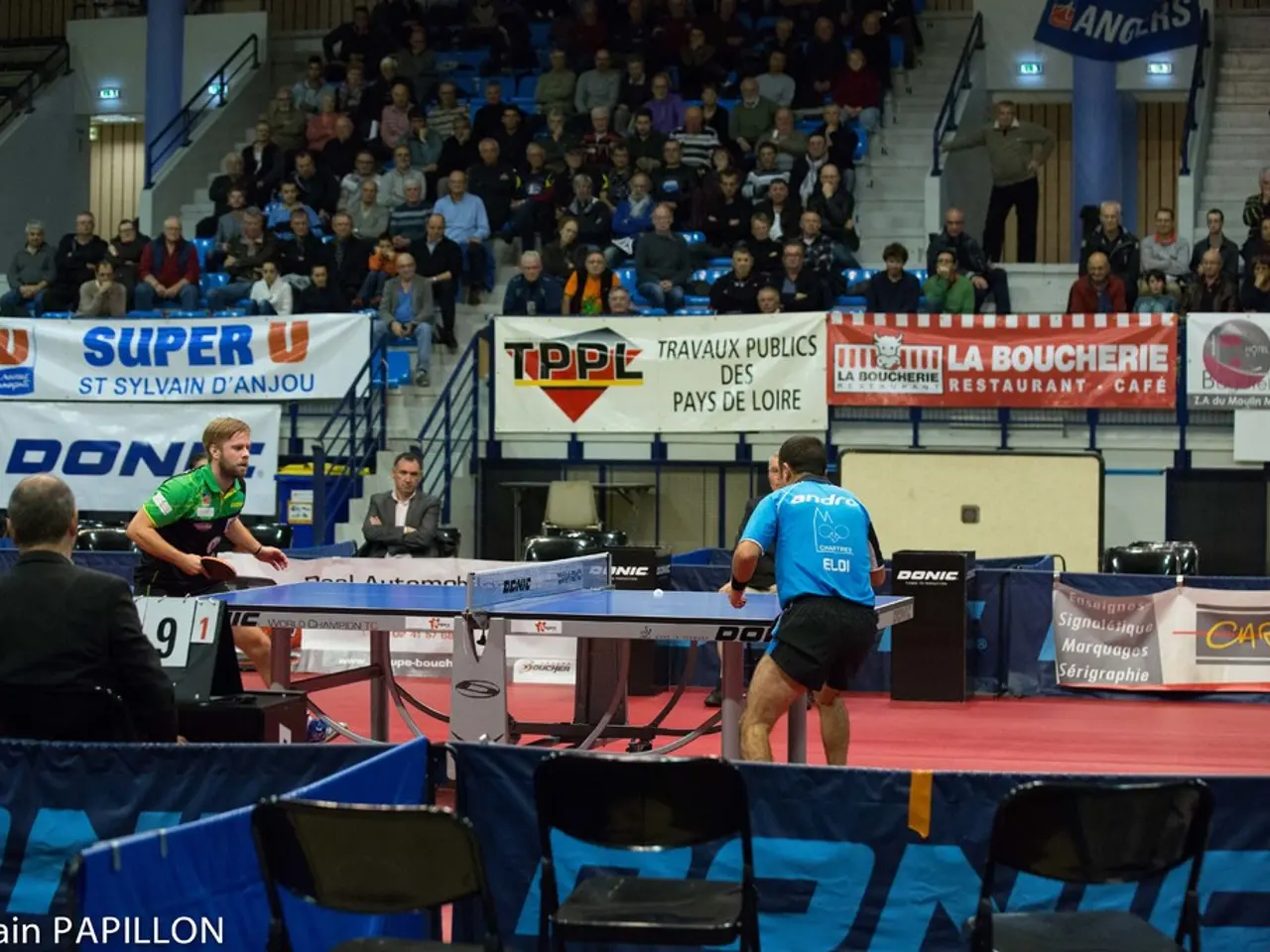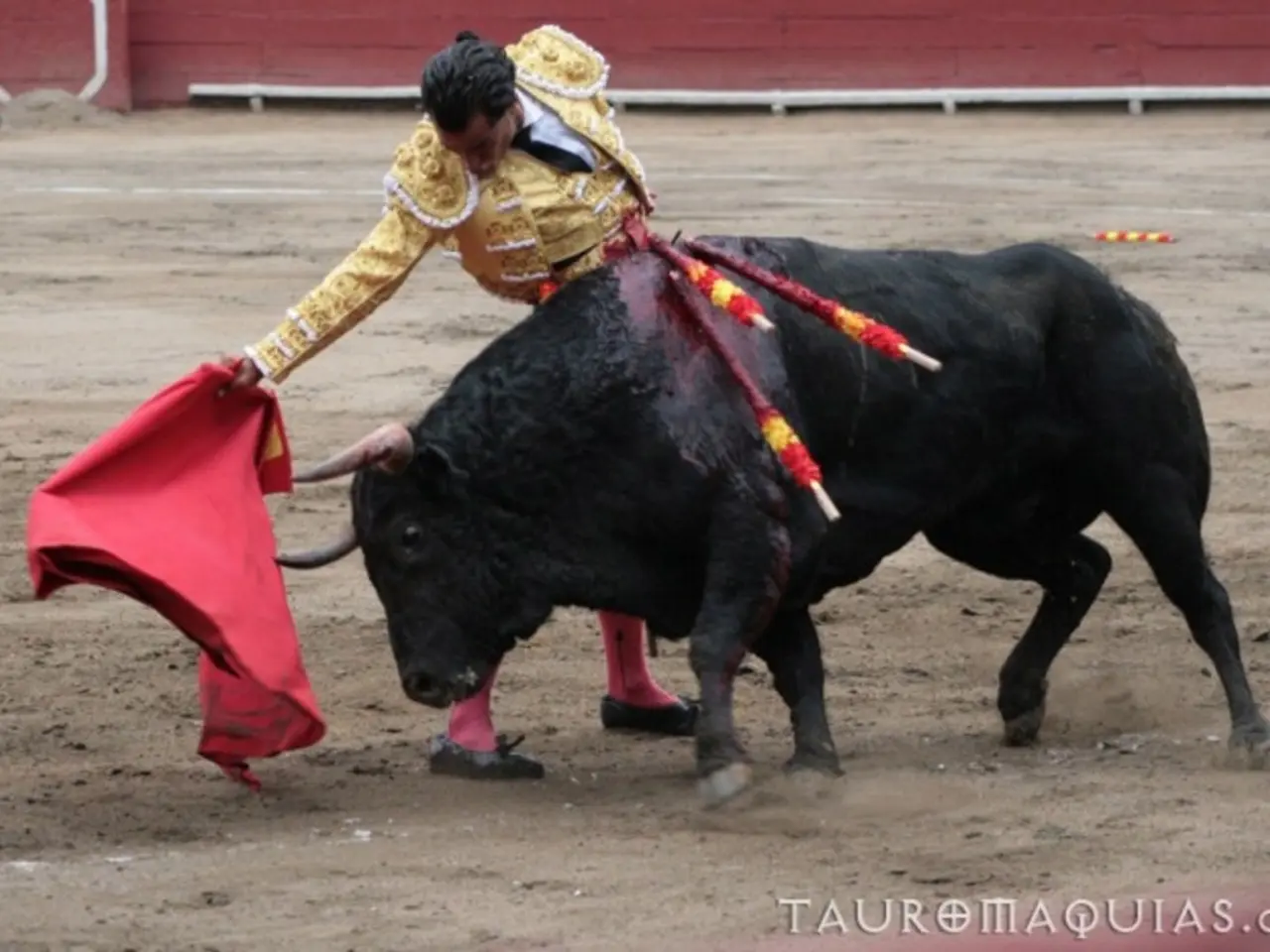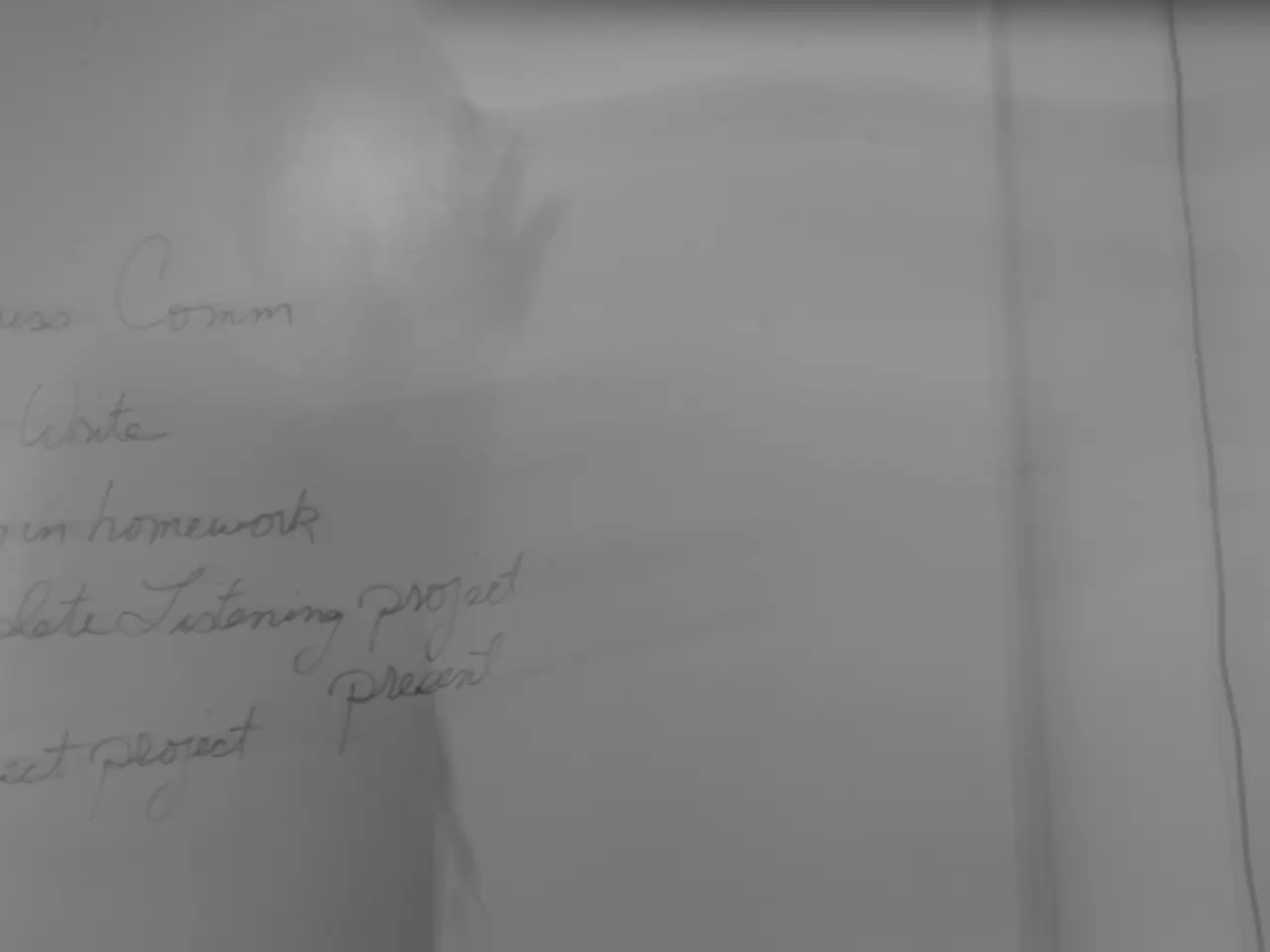Leclerc's discontent fuels suspicions of deceit
The Hungarian Grand Prix saw the Ferrari Formula 1 team grappling with a series of technical challenges that affected their race pace and competitiveness.
Charles Leclerc, who started with a pole position and led for most of the race, experienced an unexpected drop in performance during the final stint. This sudden pace loss, resulting in a two-second per lap drop, was far beyond typical issues like plank wear management [1][5]. Ferrari is conducting a full investigation to understand the cause of this performance drop.
The SF-25 also seems to have problems with its power steering system, particularly during high-speed sections with heavy lateral G-forces. This issue affects driver confidence and smoothness in input, degrading lap times [3].
Ferrari continues to struggle with maintaining the correct ride height to avoid excessive wear of the wooden plank underneath the car. This regulatory issue forces conservative setups and driving compromises, which negatively impact overall race strategy and pace [5].
Team principal Fred Vasseur and Leclerc have been tight-lipped about the specifics, suggesting these issues are complex and sensitive. However, the unusually large and damaging loss of performance compared to typical measures to protect the car's components is a cause for concern [1][3].
Despite Leclerc's fourth-place finish, Ferrari ended the first half of the season frustrated. Lando Norris clinched the victory, gaining ground in the championship standings.
George Russell, who finished third after overtaking Leclerc in lap 62, accused Ferrari of an attempt to deceive, suggesting they had the car set too low and adjusted tire pressure. However, no evidence was found to support this claim during car inspections [6].
Lewis Hamilton, on the other hand, finished twelfth and did not score any points. Felix Goerner, ntv motorsport expert, stated that Hamilton's performance was a "40-million-euro mistake" for Ferrari, as he has only scored 109 points and is in sixth place after 14 races [7].
The title drought at Ferrari continues, with 17 years having passed since their last drivers' title, won by Kimi Räikkönen in 2007, and the team title following in 2008 [8].
As Ferrari navigates these challenges, it remains to be seen how they will fare in the second half of the season. The team will need to address these issues to regain their competitive edge and challenge for race victories and championships.
[1] https://www.autosport.com/f1/news/leclerc-loses-ground-in-hungarian-gp-after-slow-final-stint/6113853/ [2] https://www.motorsport.com/f1/news/leclerc-blames-himself-for-hungarian-gp-disaster/6113861/ [3] https://www.motorsport.com/f1/news/ferrari-struggling-with-power-steering-issues-in-hungary/6113801/ [4] https://www.autosport.com/f1/news/leclerc-penalised-for-aggressive-defensive-driving-in-hungary/6113901/ [5] https://www.motorsport.com/f1/features/ferrari-struggling-with-ride-height-and-plank-wear-issues-in-hungary/6113841/ [6] https://www.autosport.com/f1/news/russell-claims-ferrari-tried-to-deceive-leclerc-in-hungary/6113891/ [7] https://www.motorsport.com/f1/news/goerner-hamilton-is-a-40-million-euro-mistake-for-ferrari/6113871/ [8] https://www.autosport.com/f1/news/leclerc-finishes-fourth-in-hungarian-gp-after-race-long-battle/6113821/
The Commission, in light of the challenges faced by Ferrari in the Hungarian Grand Prix, might consider proposing a directive to ensure the protection of workers from the risks related to exposure to chemical substances in Formula 1 racing, considering the complex and sensitive issues the team is encountering.
Amidst Ferrari's struggles on the racetrack, Sports enthusiasts across the globe eagerly wait to see if the team can bounce back and regain their prowess in the second half of the season, much like how athletes often face adversity and strive to overcome it in various sports competitions.








